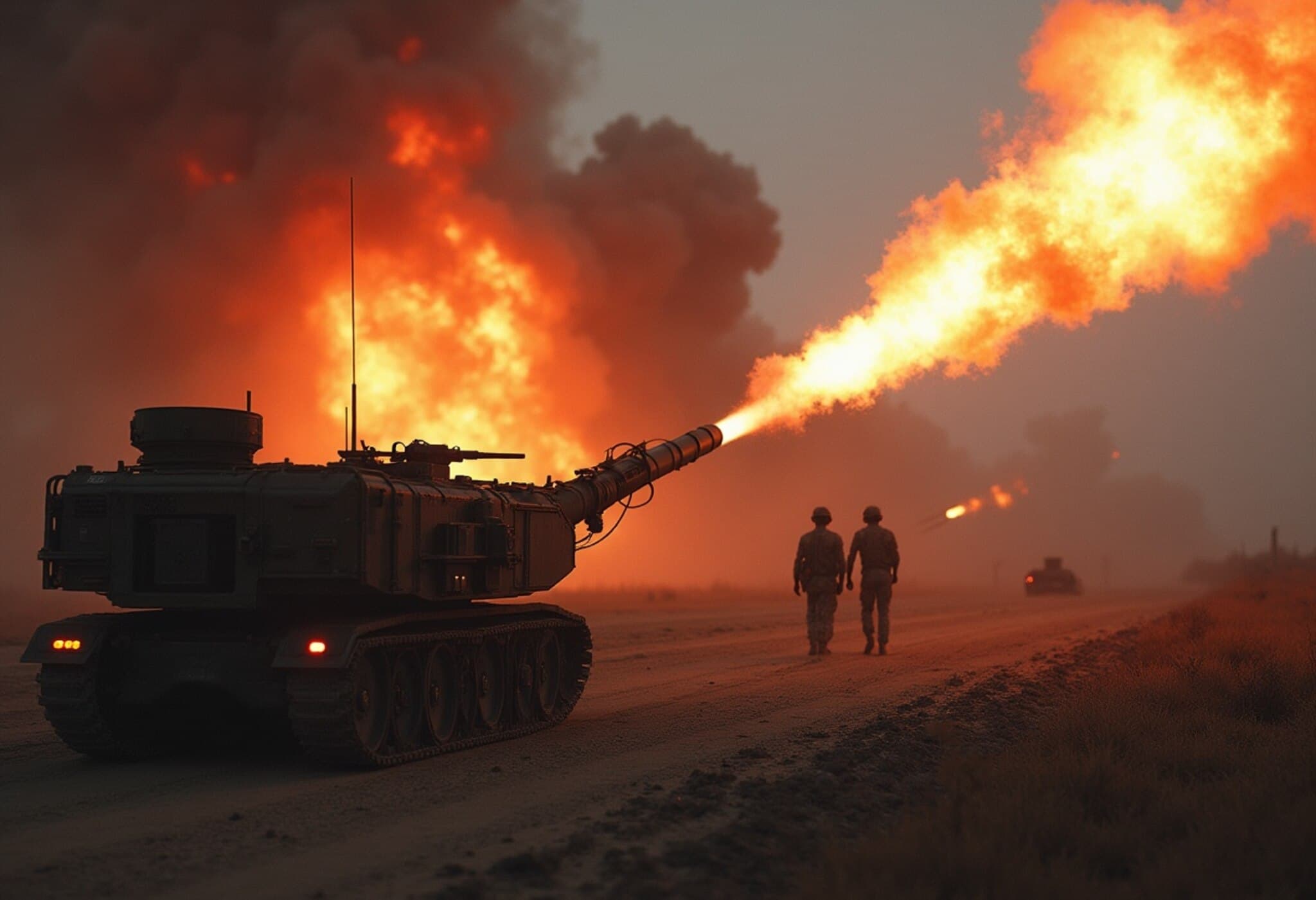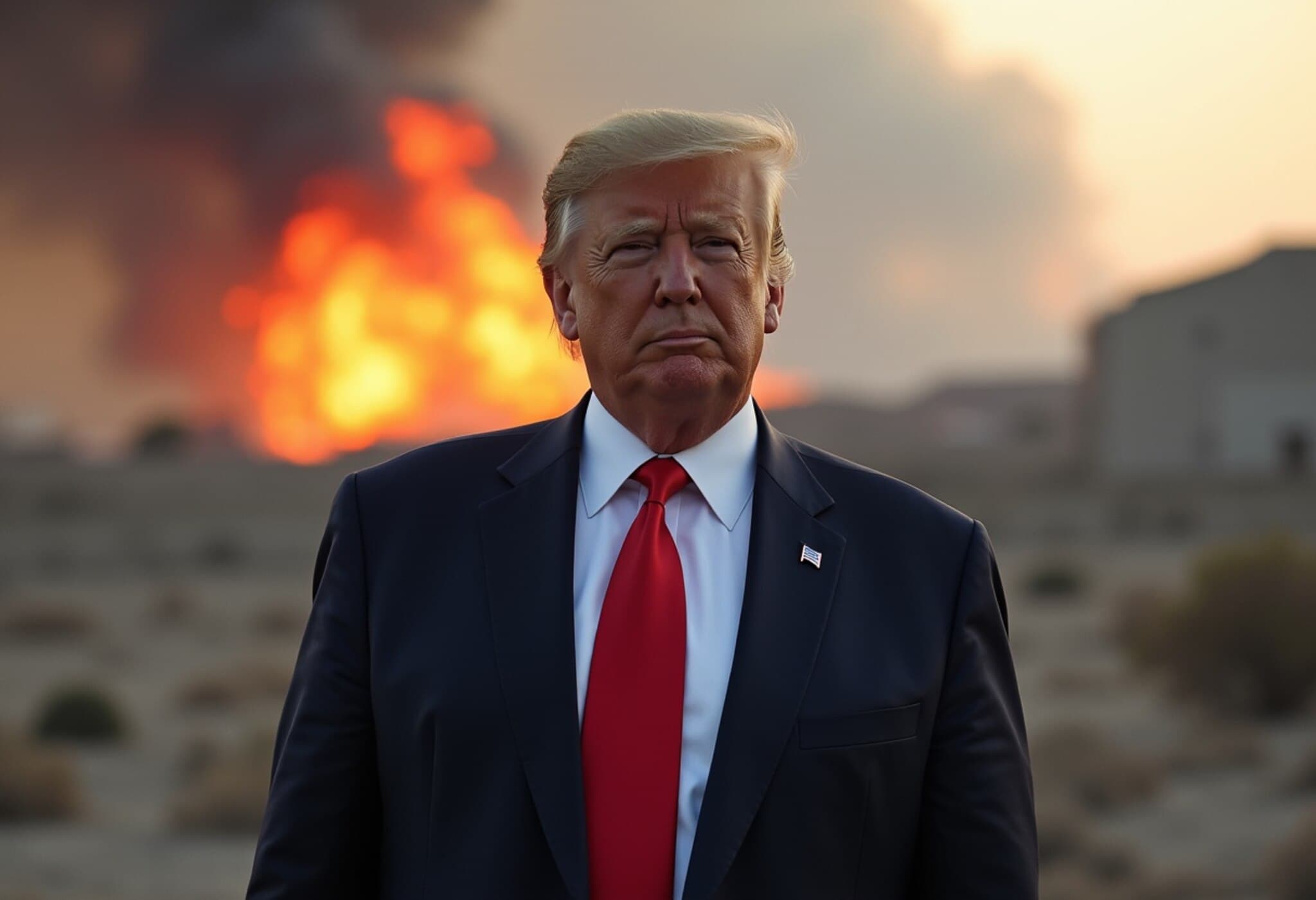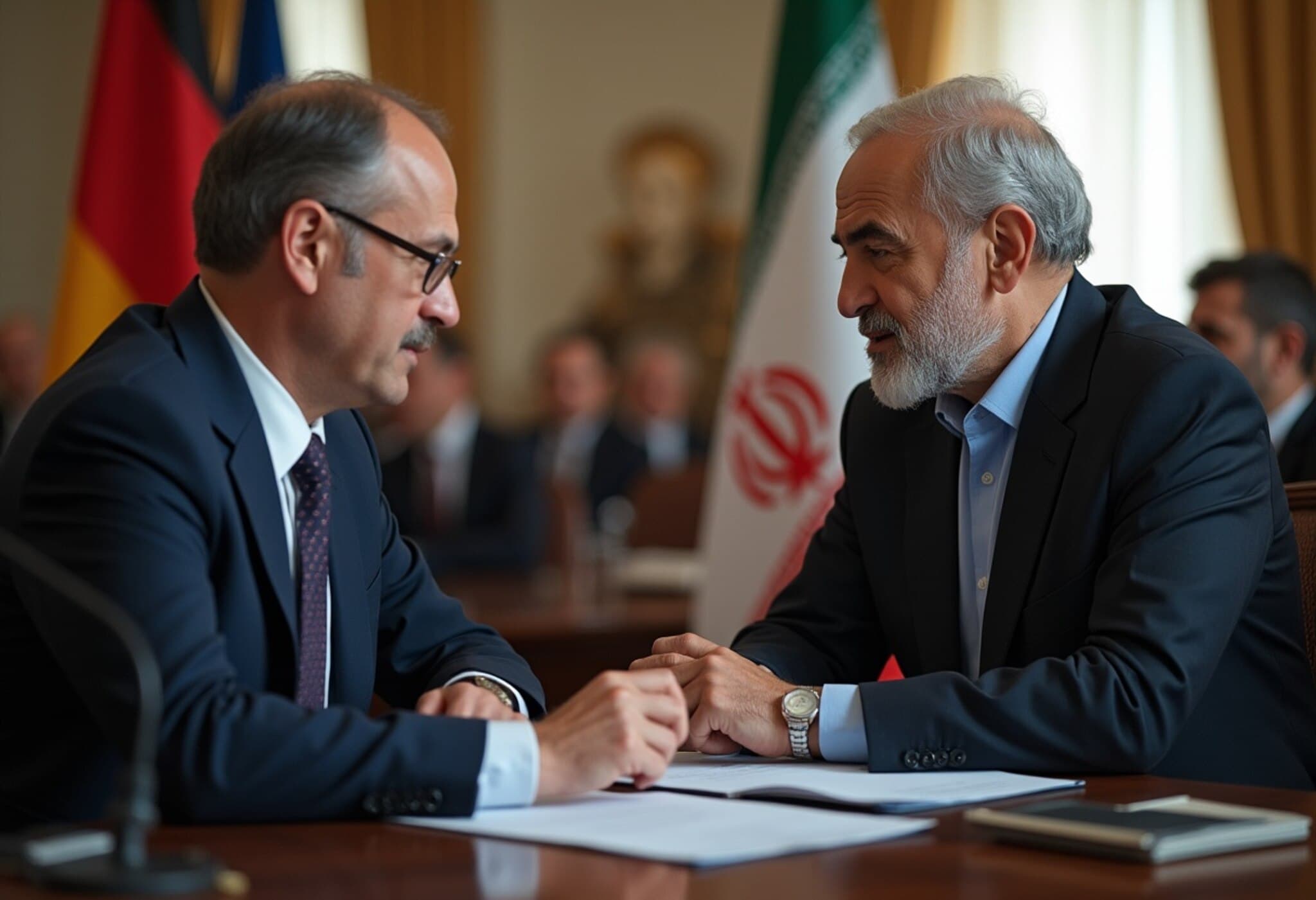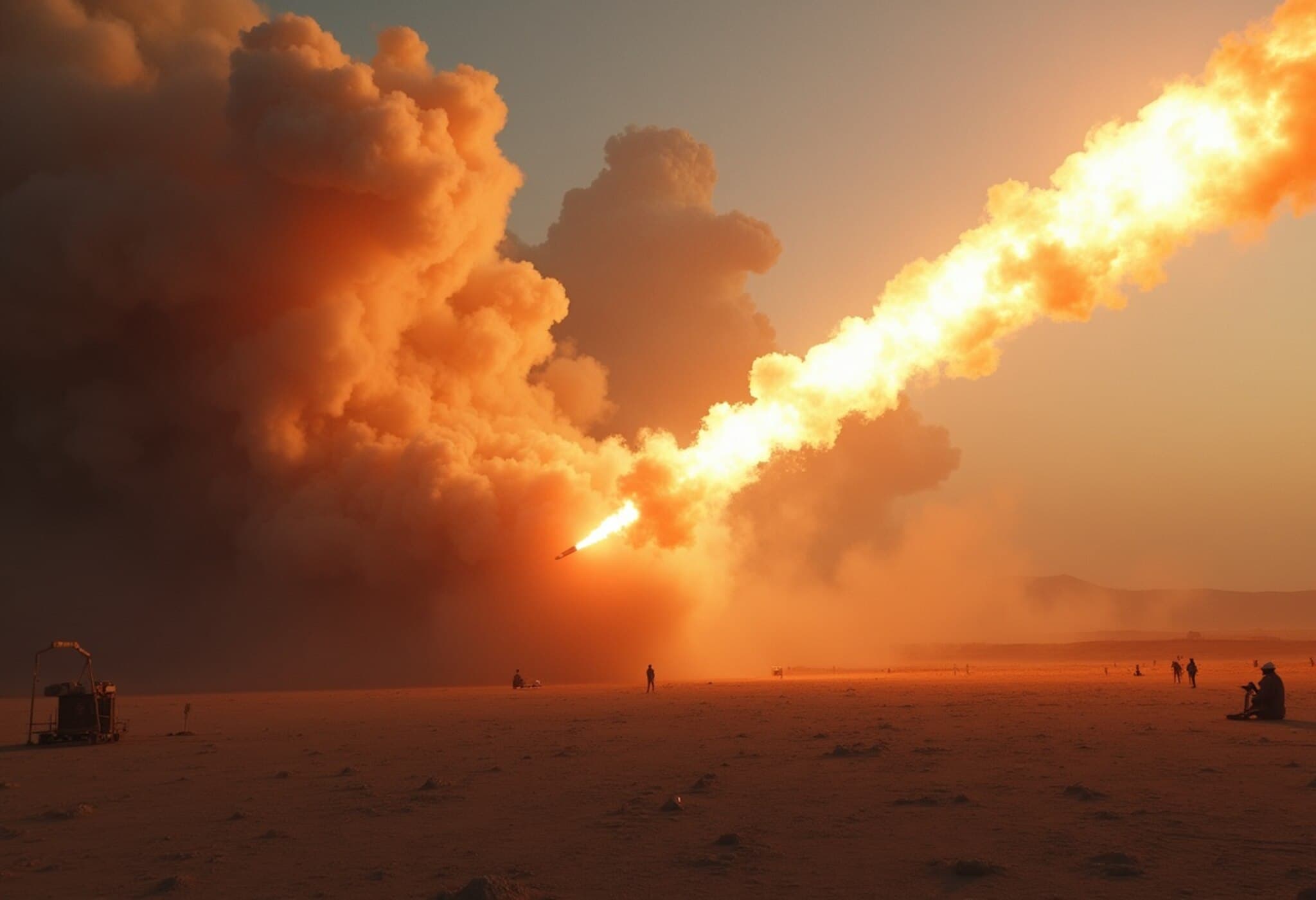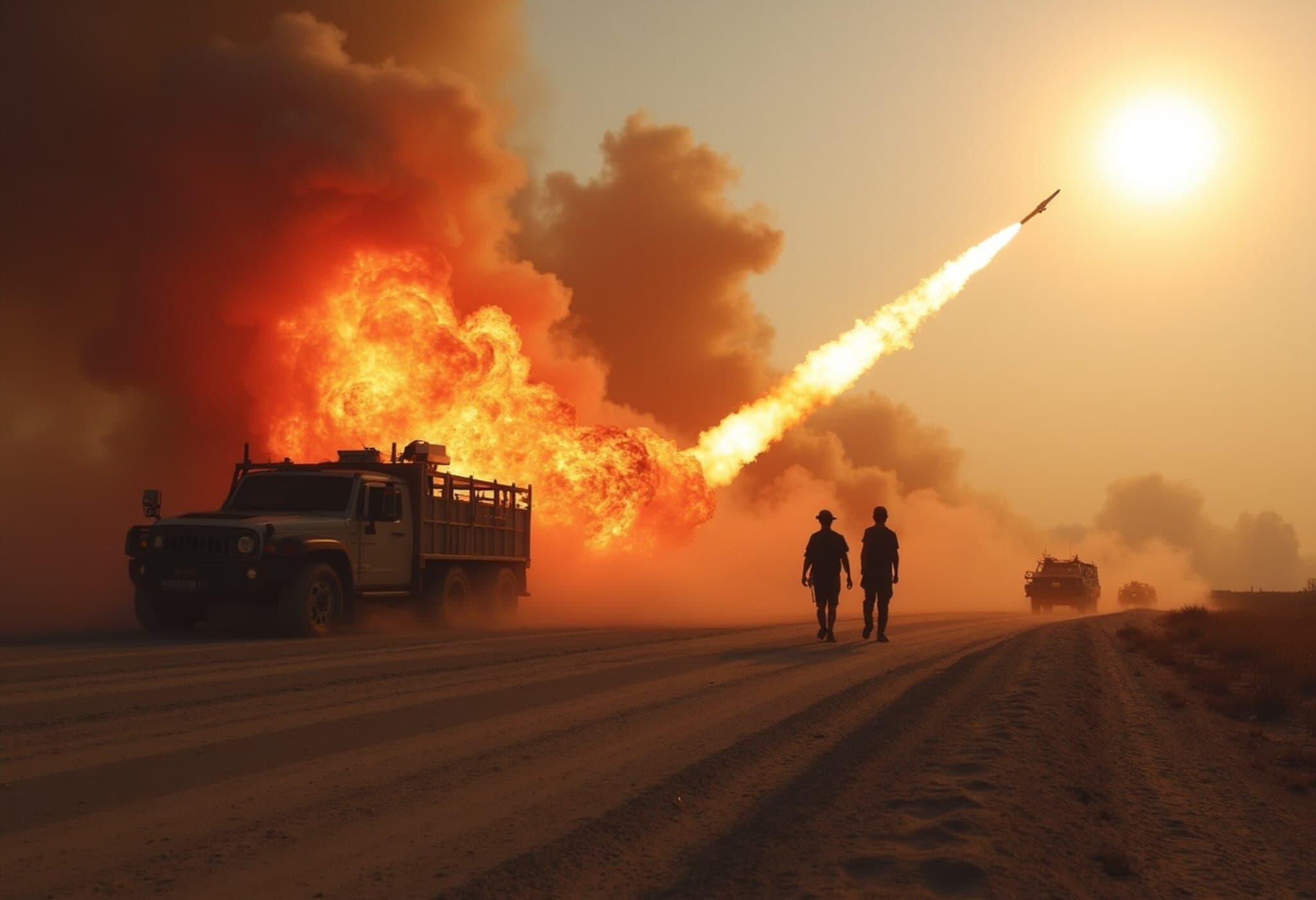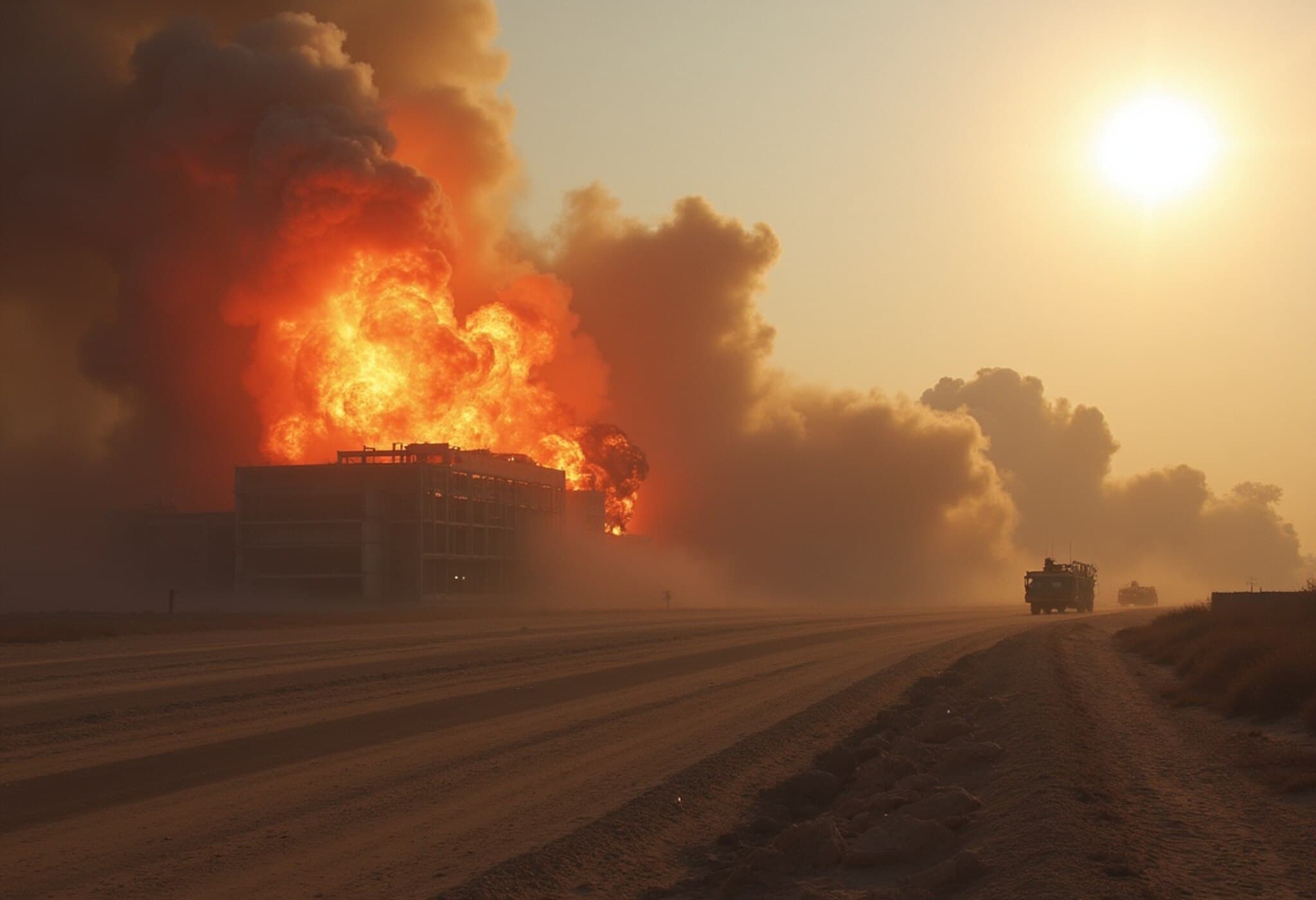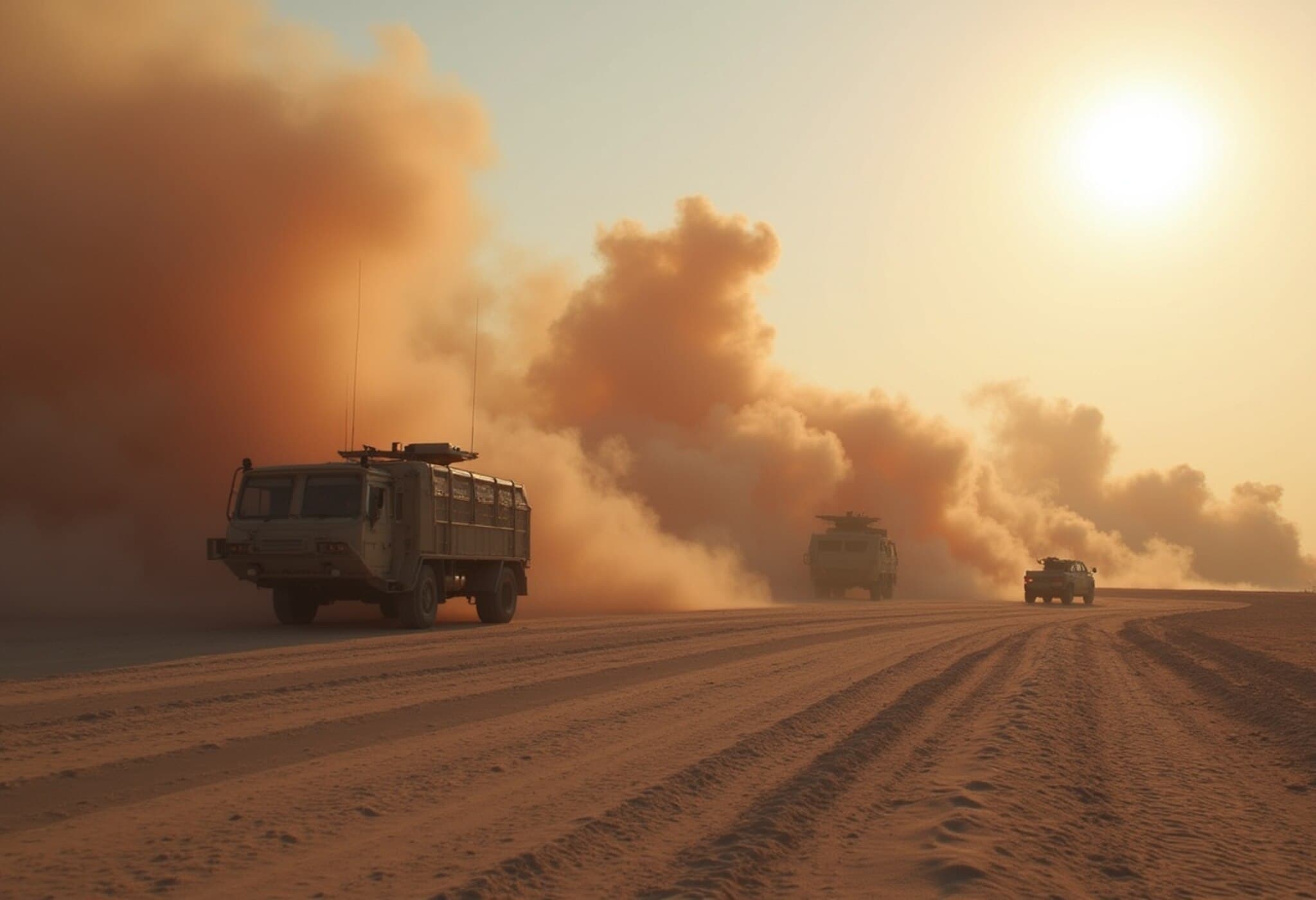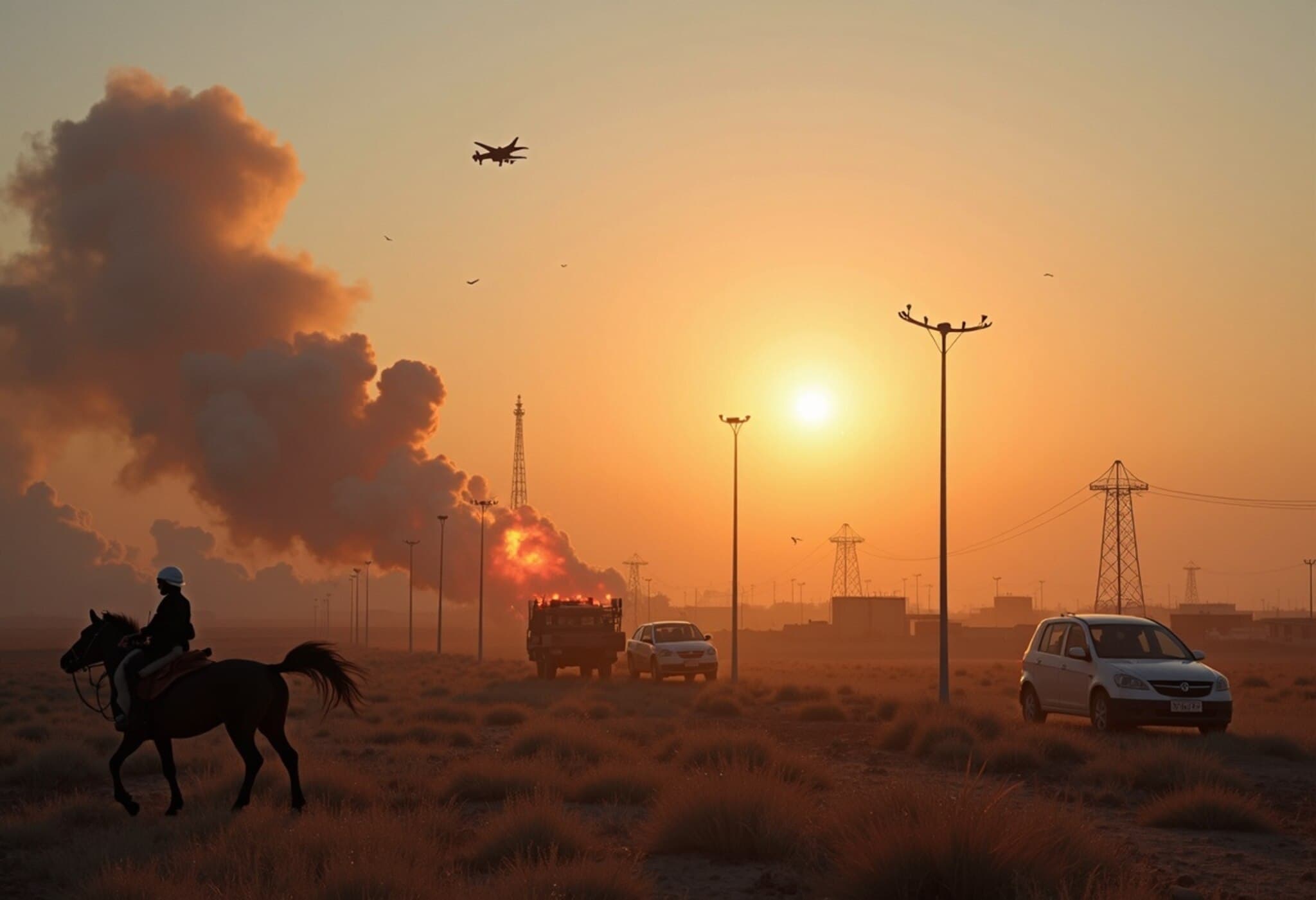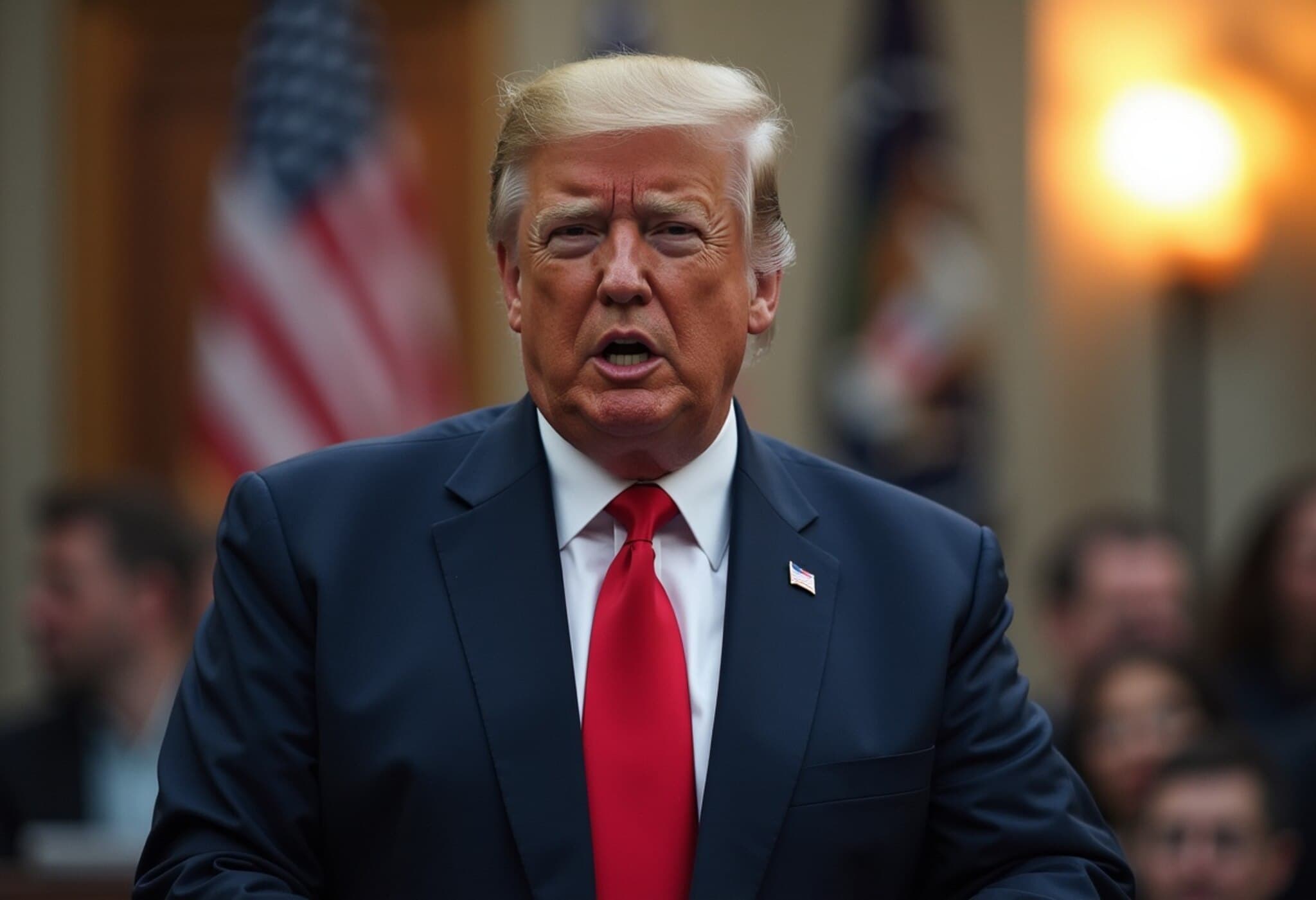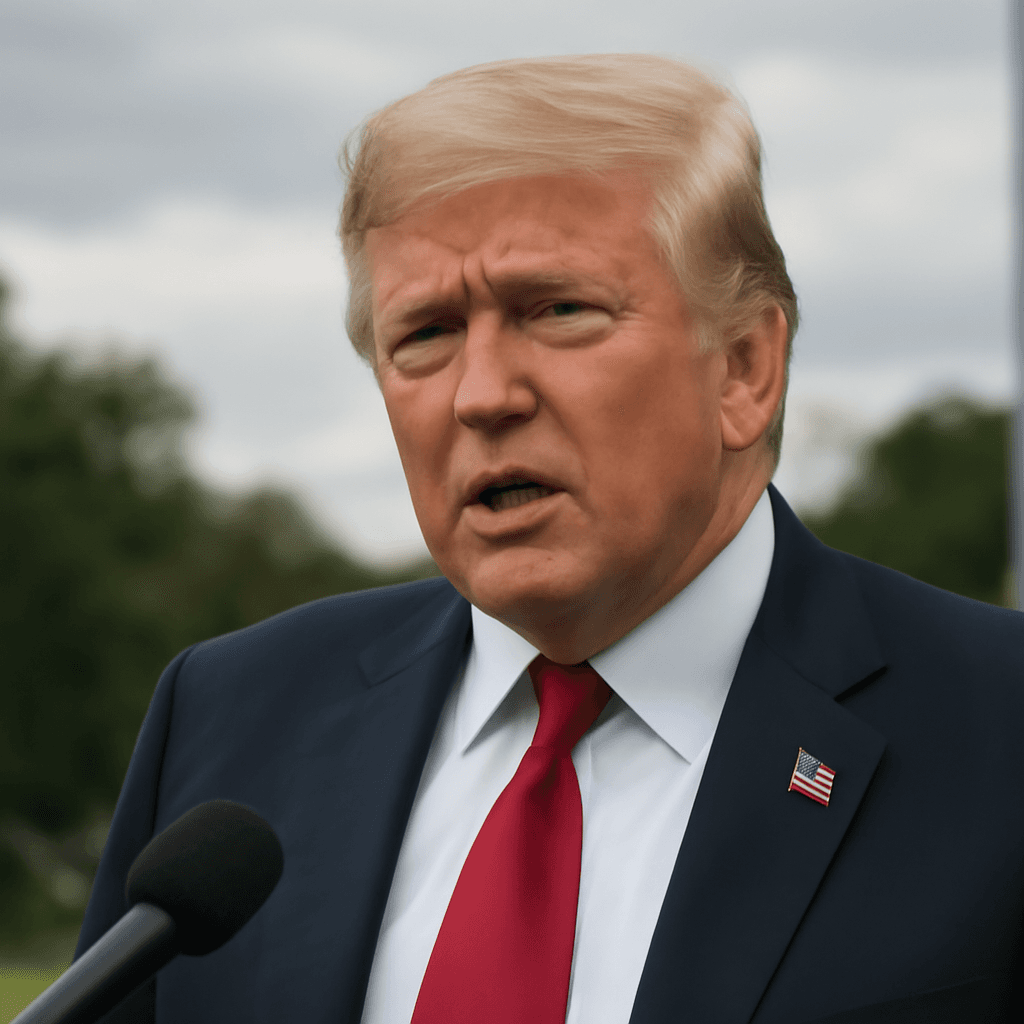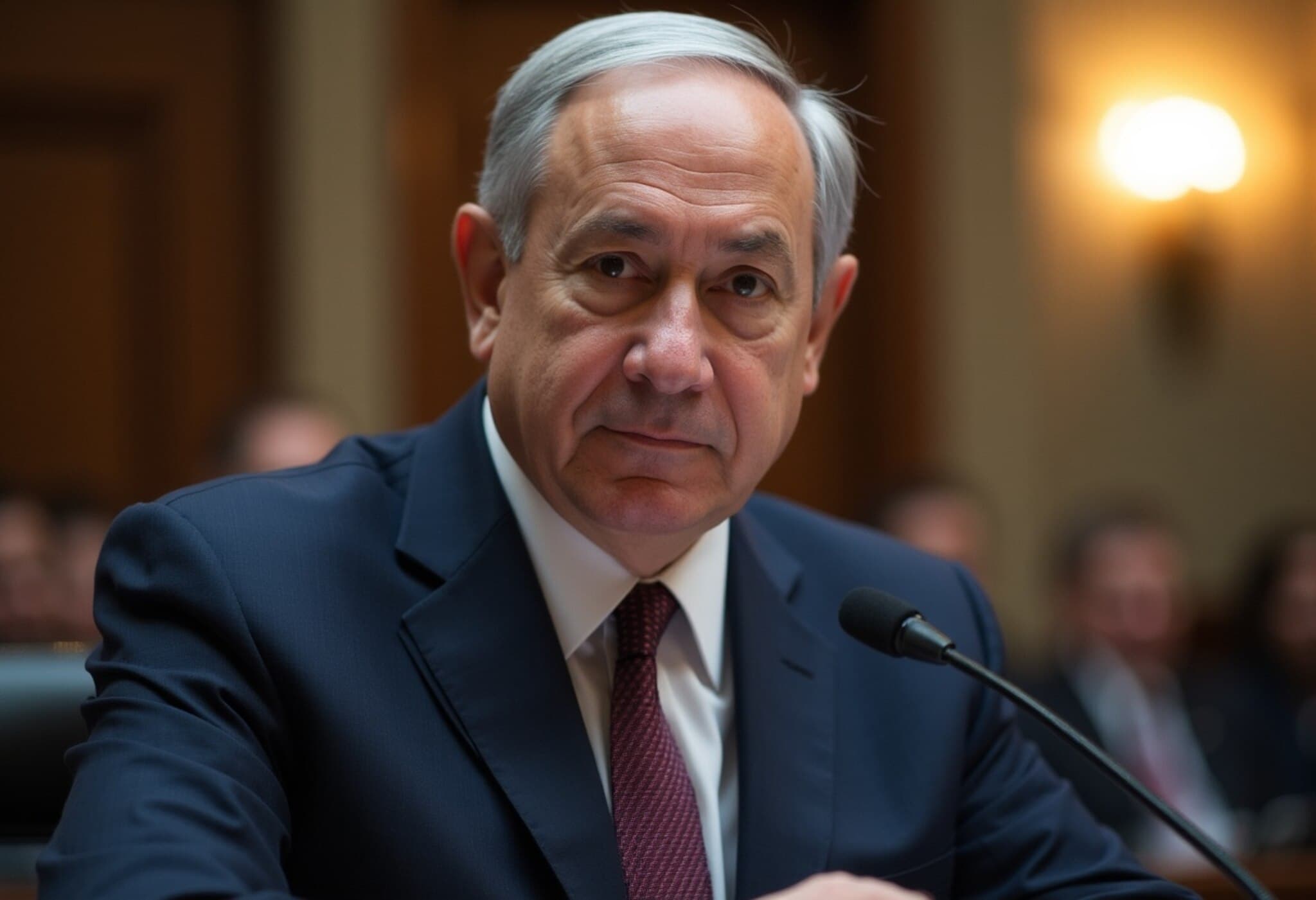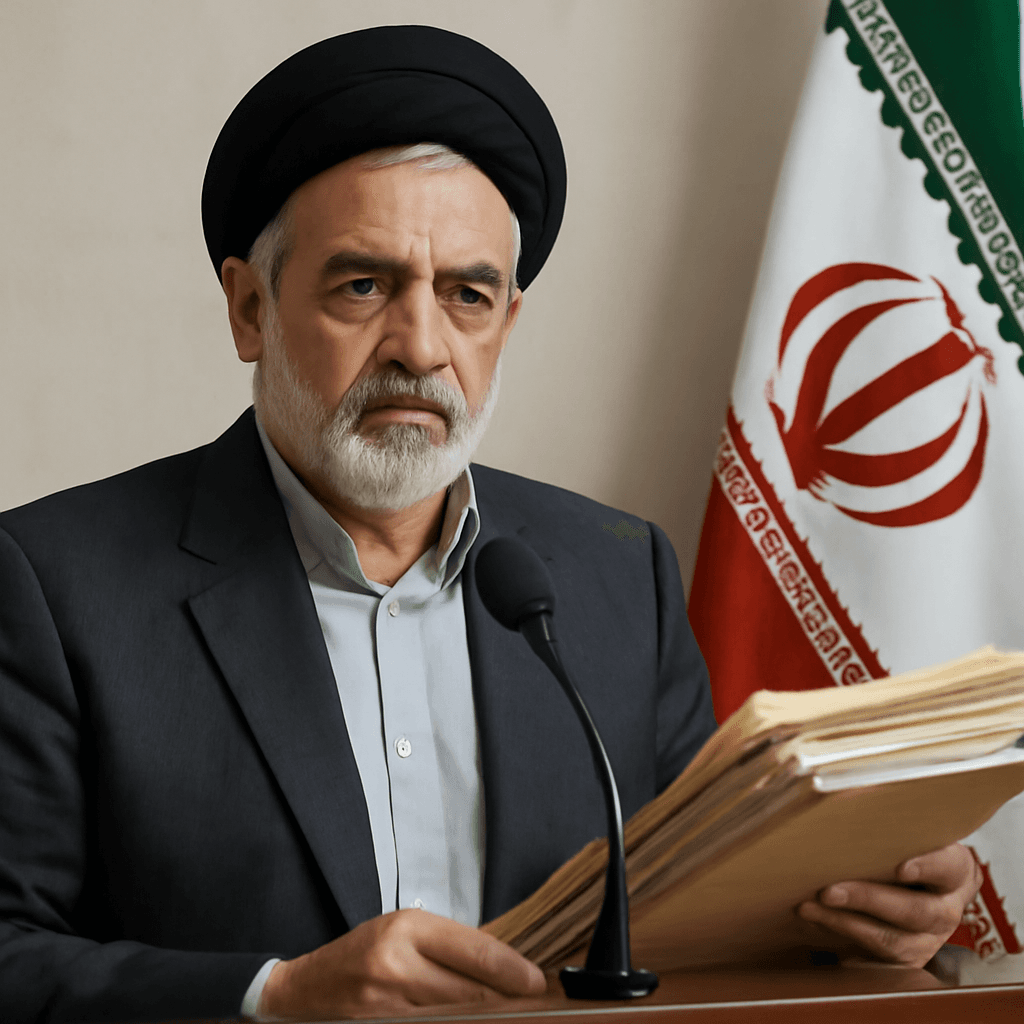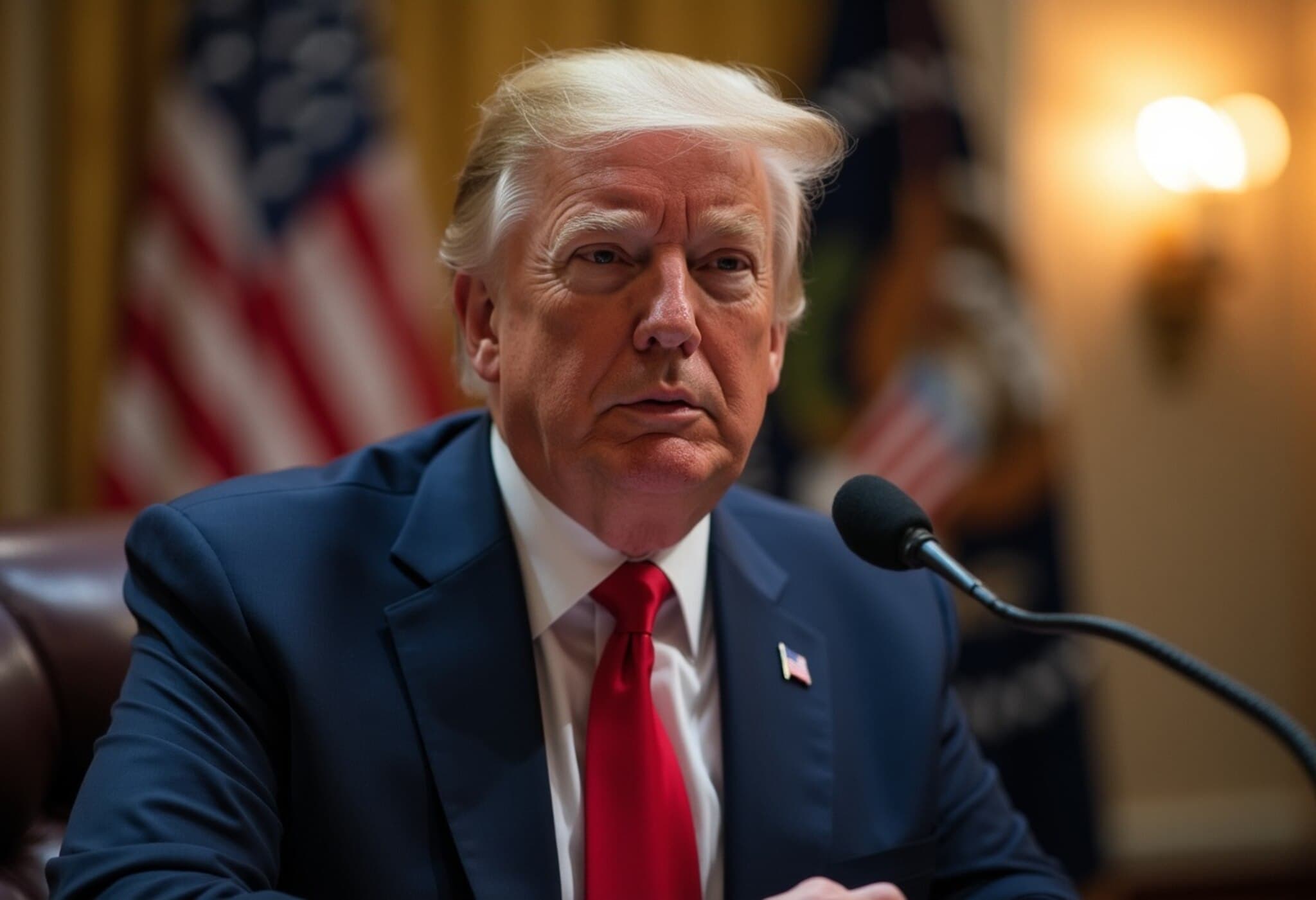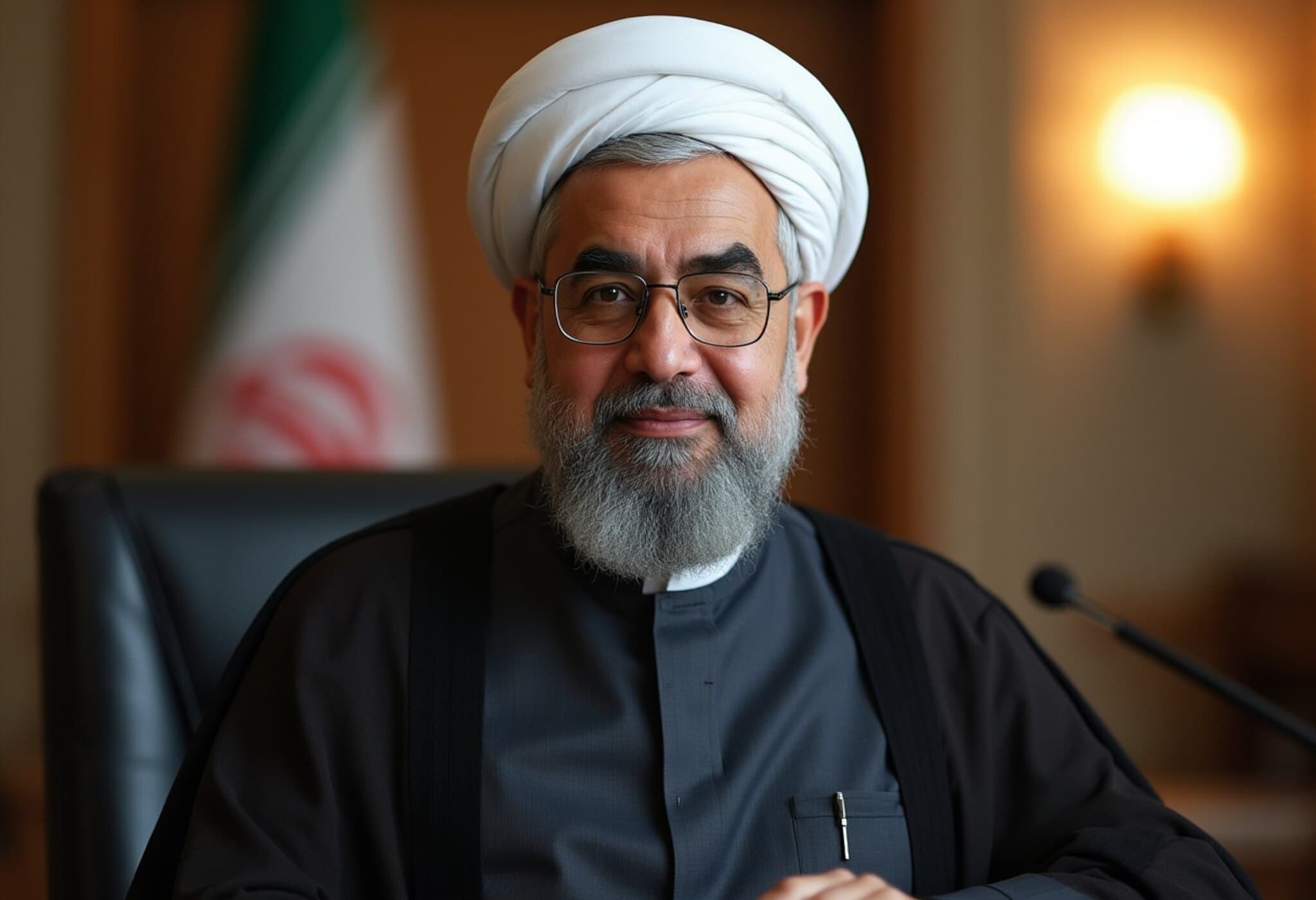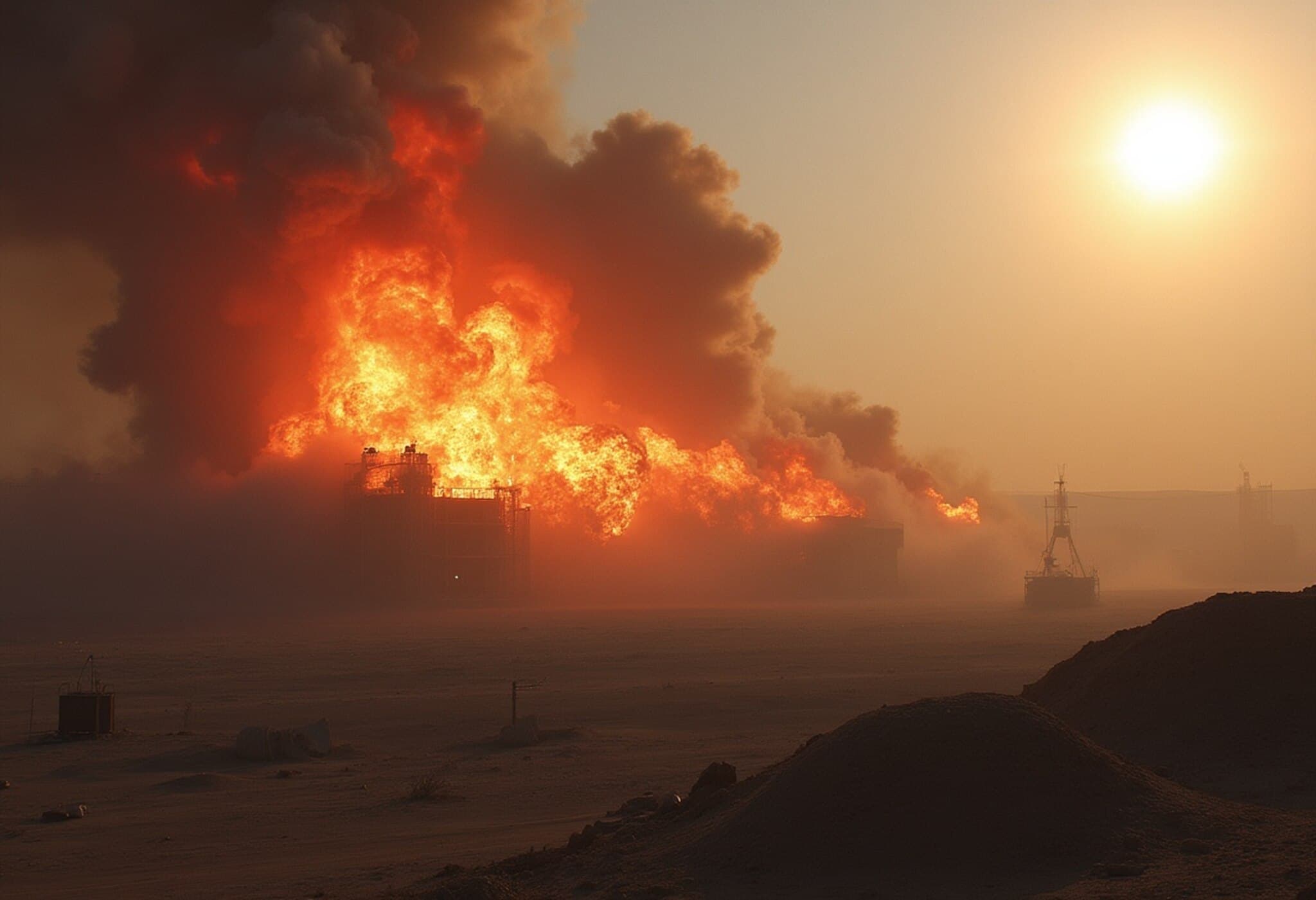US Strikes on Iran's Nuclear Facilities Result in Partial Damage, Report Reveals
Last month's US military operation dubbed Operation Midnight Hammer targeted Iran's nuclear program but reportedly succeeded in destroying only one of the three critical uranium enrichment sites, according to an exclusive NBC News report based on confidential American assessments.
Limited Damage Despite Ambitious Military Plans
The operation, conducted on June 22, focused on Iran’s nuclear facilities located at Fordow, Natanz, and Isfahan. Officials believe that the strike on Fordow inflicted significant setbacks, potentially delaying Iran’s enrichment capabilities there by up to two years. However, the other two sites proved more resilient, largely because key infrastructure at Natanz and Isfahan was housed deep underground, out of reach even for the potent GBU-57 “bunker buster” bombs employed in the strikes for the first time in combat history.
Internal Deliberations Shaped the Scope of the Operation
According to the report, US Central Command had originally devised a more aggressive campaign to target six sites in total, spread over several weeks. Yet President Donald Trump, after reviewing this expanded strike plan, opted against further escalation citing concerns over possible high casualties on both sides and a broader preference to steer clear of prolonged foreign military entanglements — consistent with his administration’s often cautious approach to military interventions abroad.
Official Messaging vs. Ground Realities
President Trump and Pentagon officials publicly framed Operation Midnight Hammer as a sweeping success. Trump, via his TruthSocial platform, posted satellite images and declared the damage as “monumental,” using terms like “obliteration” to describe the hit on these nuclear sites.
Likewise, Pentagon spokesman Sean Parnell asserted that the facilities at Fordow, Isfahan, and Natanz were 'completely and totally obliterated.' These statements, however, contrast with the nuanced intelligence assessment indicating only one target took critical damage, highlighting the tension between political messaging and operational realities.
Expert Commentary: Strategic and Regional Implications
This operation underscores the complexities of military action against deeply fortified nuclear infrastructure. Iran’s strategic choice to embed critical facilities underground has complicated US efforts to dismantle its nuclear program swiftly through airstrikes alone.
As US policymakers weigh future options, this incident raises pressing questions:
- How effective are conventional strikes in truly halting Iran’s nuclear advancement without risking wider conflict?
- What alternative diplomatic or covert strategies could complement or replace kinetic action?
- Does this partial success alter regional power dynamics and influence Iran’s nuclear negotiations on the world stage?
Experts also caution that overstating tactical victories for domestic political gain might constrain honest policy debates necessary for long-term strategy.
Context Within Broader US Foreign Policy
President Trump’s decision to limit the strike scope aligns with his administration’s broader reluctance to deepen military engagements overseas, contrasting with prior US doctrines favoring prolonged interventions. This approach reflects a complex balancing act between countering perceived threats and managing the political and human costs of military conflict.
Looking Ahead
In the wake of Operation Midnight Hammer, observers anticipate renewed discussions in Washington about the future of US-Iran relations, the stability of the Middle East, and the global non-proliferation regime. The operation serves as a case study in the challenges posed by modern underground military targets and the limits of airpower.
Editor's Note
While public rhetoric often frames military operations in absolute terms, the reality is typically far more complex. Operation Midnight Hammer’s limited physical impact — despite advanced weaponry and intelligence — reveals how state actors innovate to protect critical assets. This development invites a broader reflection on the efficacy of military force versus diplomatic engagement in addressing nuclear proliferation risks, spotlighting the need for transparent, nuanced discussions on security policy.

